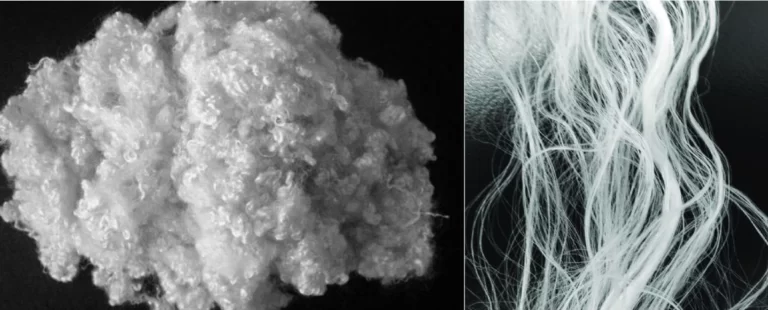
Aniline resins are a type of resin that is formed by the reaction of formaldehyde and aromatic amines. The initial step in this reaction, known as hydroxymethylation, occurs in an alkaline environment and produces a basic condensate.

This condensation can also form cyclic products.

Under acidic conditions, the reaction with formaldehyde produces resins where methylene groups directly link the aromatic rings.

This is similar to the process used to create phenolic resins. The para position of the aromatic ring is activated by salt formation at the amino group, which facilitates the addition of formaldehyde to create p-aminobenzyl alcohol.
As the reaction progresses, polymer chains form and water is eliminated. In the presence of an excess of formaldehyde, three-dimensional networks can also be formed.
The amino groups in aniline resins act as directing agents, which means they can control the direction of the polymerization reaction. This allows for the formation of resins that involve tertiary aromatic amines.
Unlike phenol resins, aniline resins do not undergo further hardening. This makes them thermoplastics, in contrast to the duroplasts discussed above.
Industrially, aniline resins have limited significance. They have found application in small quantities in the manufacturing of molding materials, ion-exchange resins, and wire enamels and insulating coatings. This is due to their high resistance to tracking currents.
Reference
- Amino Resins; Ullmann’s Encyclopedia of Industrial Chemistry. – https://onlinelibrary.wiley.com/doi/10.1002/14356007.a02_115.pub2




